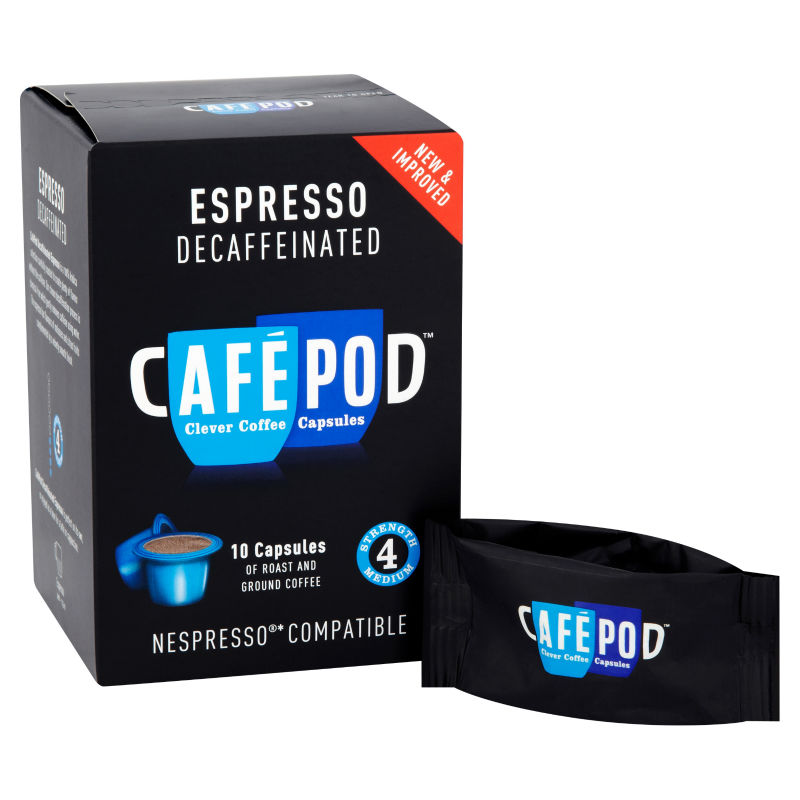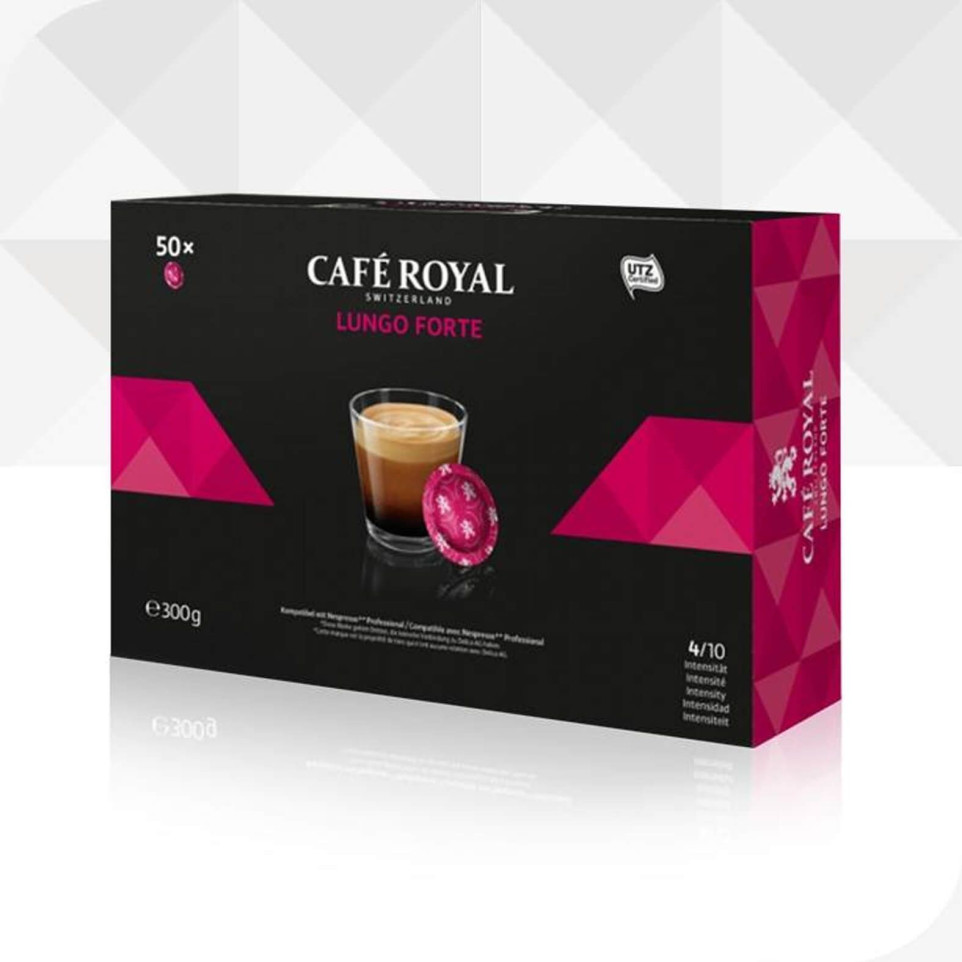

A shorter shot, then, uses less water and time to extract the shot than does a longer shot. When applied to coffee, length simply refers to the amount of water used to extract the shot and, therefore, the amount of to extract it. More accurately, these three terms refer to the length of the shot.

While these three terms will become a little more complicated once we turn to how they are used by Nespresso, their original uses are straightforward when it comes to how a barista makes the coffee. Espresso, Ristretto, and Lungo: Original Meanings We’ll take a look at the origins of these words, their English translations and, finally, what they mean in the wonderful world of Nespresso. That said, three Italian terms are especially important for Nespresso users: lungo, espresso, and ristretto. Indeed, despite being based in Switzerland, the single-serving coffee giant, Nespresso, has fully embraced the Italian heritage responsible for everyone’s favorite strong coffee shot, and their product catalog is filled with Italian words in references. Indeed, most of the key terms in the world of espresso come from this gorgeous Romance language-everything from cappuccino to latte.īut there are a few Italian terms that are of special significance to those of us who use Nespresso machines. When it comes to coffee, especially espresso, it doesn’t hurt to know a little Italian.


 0 kommentar(er)
0 kommentar(er)
